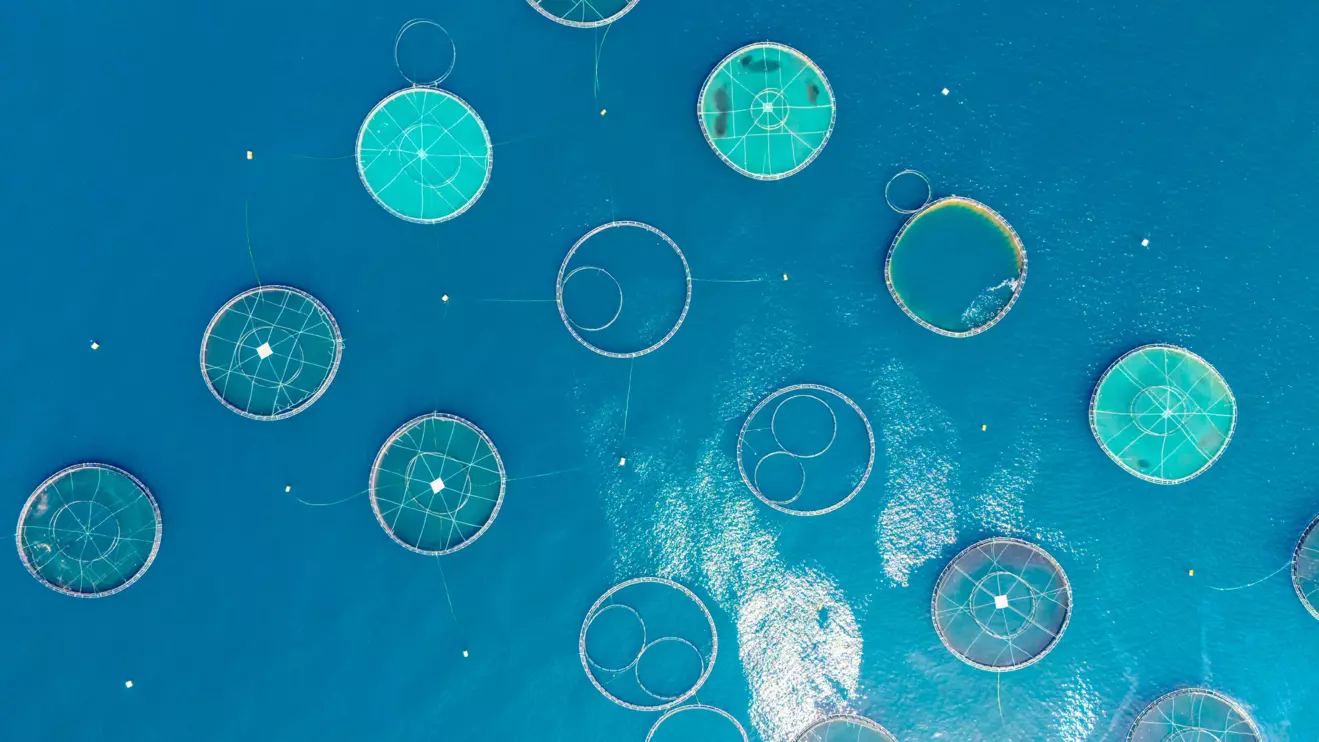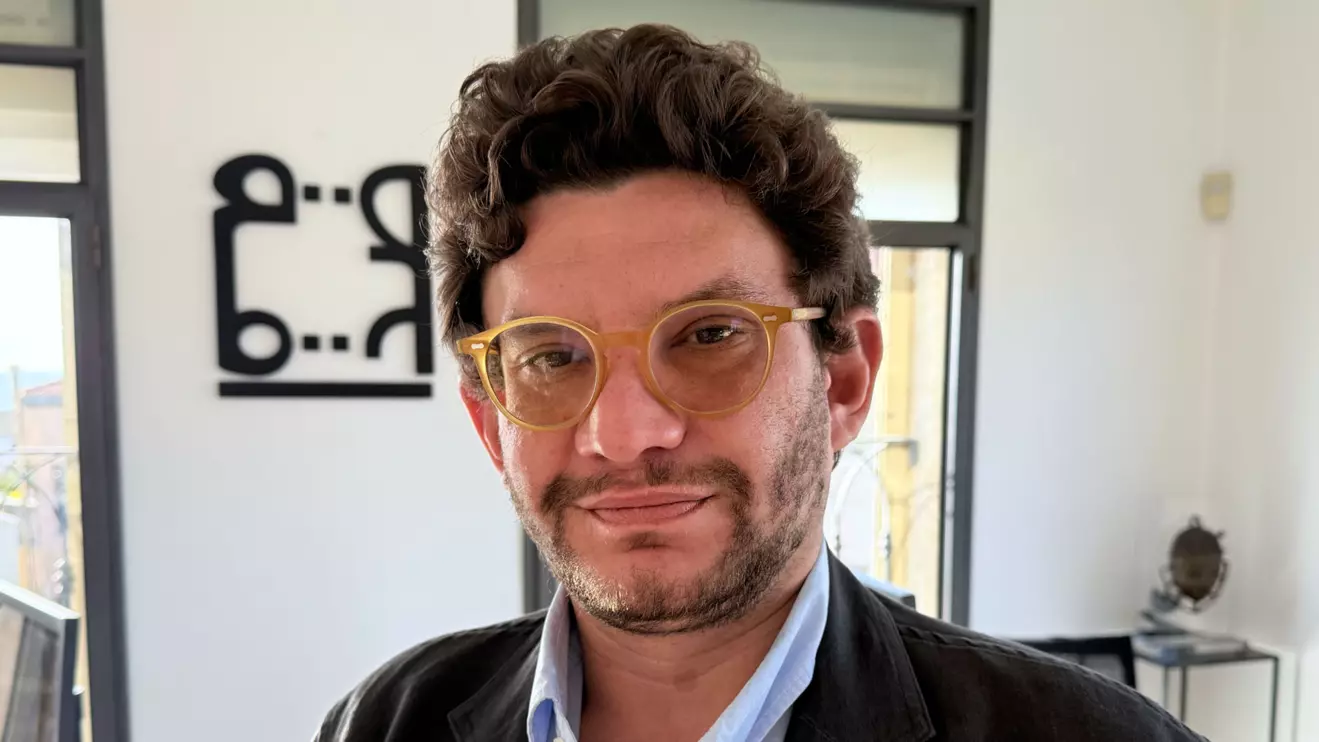Fishing remains Morocco’s main supplier of seafood, as in most African coastal nations. Yet aquaculture—widely seen as a more sustainable alternative—has struggled to gain a foothold, despite more than a decade of institutional scaffolding intended to guide its growth.
Official figures show Morocco produced just 3,644 tons of farmed fish in 2024. That’s nearly a tenfold jump from the fewer than 500 tons recorded in 2013, but still only a fraction of the estimated 300,000-ton annual potential.
The industry sits within a well-structured regulatory framework. Since 2011, the National Agency for Aquaculture Development has worked alongside the Maritime Fisheries Directorate, the National Institute for Fisheries Research, the food safety authority ONSSA, and the Ministry of Finance. Each institution has carved out a role in planning, governance, science, health oversight, or financial monitoring.
A recent World Bank report, Harnessing Morocco’s Coastal Wealth: A Strategic Review of Marine Aquaculture for Job Creation and Sustainable Growth, highlights why progress has been slow. Bureaucratic overlap and weak coordination have created administrative logjams.
Access to coastal land is a central challenge. Lengthy, complex permitting procedures—fragmented zoning rules, competing mandates, and conflicts with tourism, fishing, or conservation—deter private investment.
Infrastructure gaps compound the issue: Morocco lacks sufficient hatcheries, landing sites, feed plants, cold storage, and processing facilities.
Calls for Reform
The World Bank argues Morocco must streamline regulation, digitize approvals, and strengthen regional governance. Unlocking private capital, it says, will require new financial tools—investment funds, insurance products, and “blue finance” mechanisms such as carbon credits, nitrogen credits, and blue bonds.
Feed is another pressure point. It can account for up to 80% of aquaculture operating costs. Morocco currently imports most of its supply, under restrictive rules.
The report urges investment in domestic feed production and regulatory clarity that would allow more diverse protein inputs, including processed animal proteins and insect meal, such as black soldier fly larvae.
For Morocco, aquaculture isn’t only an economic lever—it’s also a buffer against the strains facing its wild fisheries. Sardines, which make up 85% of the country’s small pelagics, are in steep decline. Landings dropped 46% between 2022 and 2024, from 965,000 tons to 525,000 tons. Overfishing, illegal catches, juvenile harvests, and poorly timed biological rest periods are cited as culprits.
At the same time, Moroccan seafood consumption is rising, driven by population growth and health awareness. The domestic market is projected to reach $1.07 billion in 2025, with annual growth above 6% through 2030. Unless aquaculture expands, wild fisheries—already providing 99% of local supply—will shoulder even heavier demand.
Jobs on the Line
The upside is significant. More than 300 aquaculture projects are already on the books, representing 200,000 tons of planned capacity.
Of these, 183 farms are active, supported by 11 private investors. Together, they aim to produce over 70,000 tons per year and generate nearly 15,000 jobs, split between direct and indirect employment.



